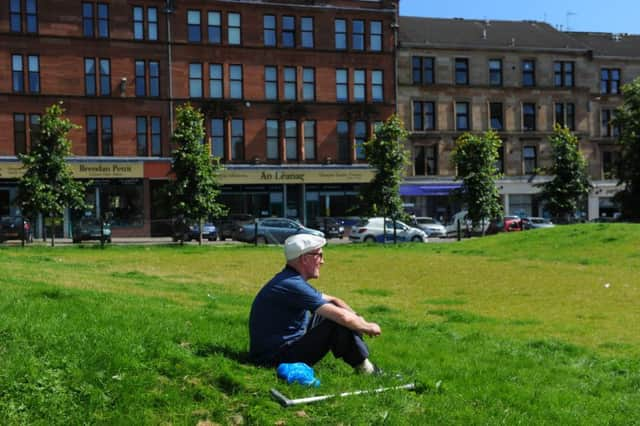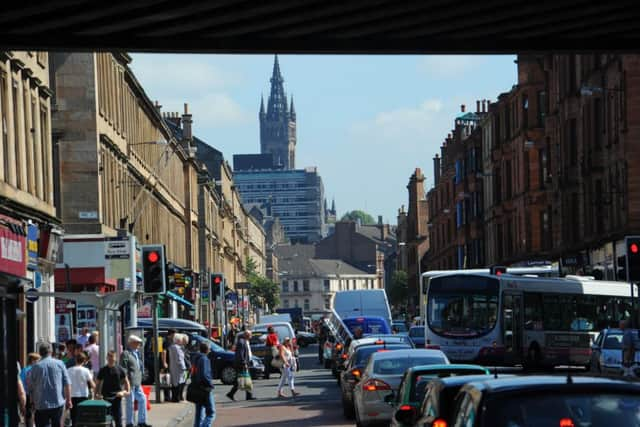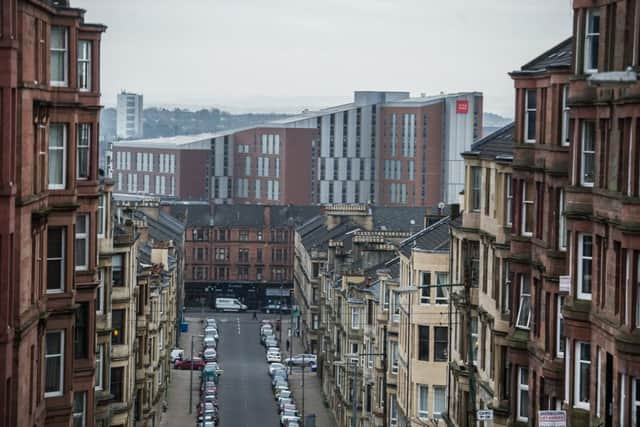Partick named as one of the UK's '˜hippest neighbourhoods'


Now Partick, a former burgh in Glasgow’s west end, has been named as of the coolest neighbourhoods in the UK thanks to its street art and nearby museums.
The area was named in a list of 10 inner-city areas worth exploring in an annual survey by price comparison website TravelSupermarket, alongside the likes of Stroud Green in London and Manchester’s Ancoats.
Advertisement
Hide AdJudges praised the area’s transport links, numerous independent eateries, proximity to the Riverside Museum and the gable end murals created to mark the 2014 Commonwealth Games.


“Previously considered the poorer relation to nearby Glasgow neighbourhoods, Partick is fast becoming the spot for students and young professionals looking for an affordable and vibrant space to live, work and play,” said travel blogger Emily Ray.
“Many moons ago, it used to be its very own burgh, something which is still felt today thanks to its community village vibe.”
Once a hamlet centred around the River Kelvin, Partick rapidly expanded in the mid-19th century as workers from across Scotland and further afield arrived to find jobs in the area’s booming industries.
It was soon granted burgh status and boasted its own police force, town council and professional football club by the turn of the 20th century.


Partick was merged with Glasgow in 1912 despite local protests. The football club - Partick Thistle - relocated to Maryhill in 1909.
Advertisement
Hide AdIts proximity to the University of Glasgow has long made it a popular residence for students.
But Partick’s elevation to cool list contender has raised eyebrows among some local residents, who point out some of the long-running issue affecting the area. Dumbarton Road - the principal shopping street linking it with Glasgow and beyond - is one of the most polluted thoroughfares in Scotland.
Advertisement
Hide AdA lack of affordable housing has also been cited, with many residents also unhappy at the sudden spate of private student accomodation that has appeared in the last three years.


“Constituents have approached me with concerns about the proliferation of private student housing and the impact it will have on the area,” Glasgow Kelvin MSP Sandra White told The Scotsman last year.
“But I’ve also had students complain these types of developments are far too expensive for many of those attending university in the city.”